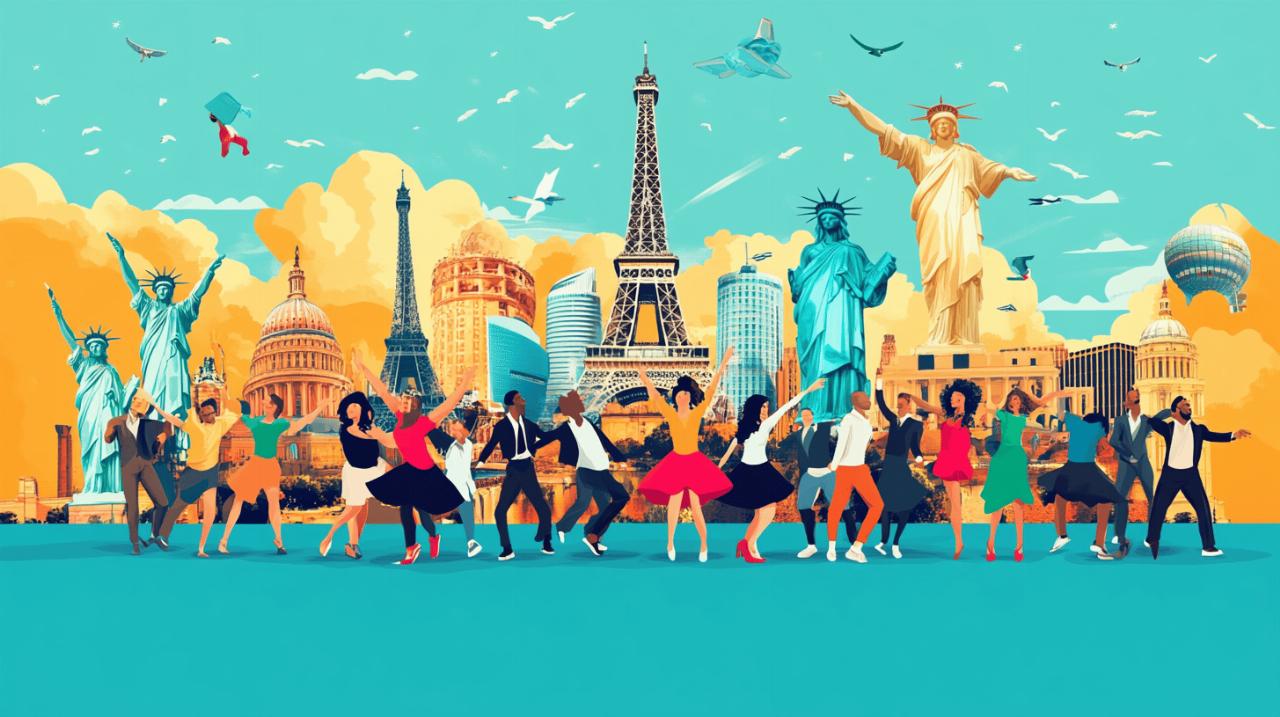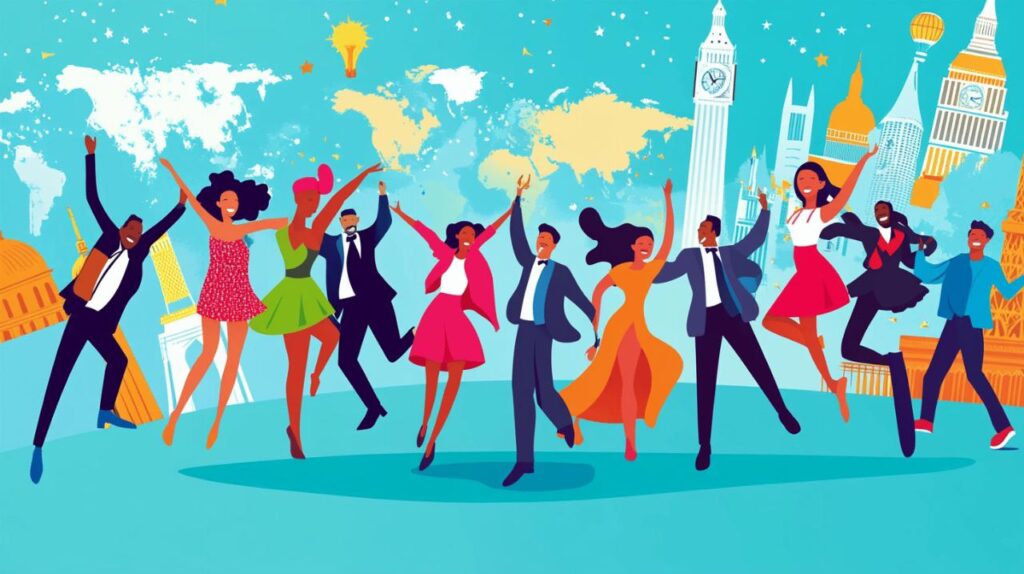Embarking on a journey across the globe often involves seeking new sights, tastes, and sounds—but what about movement? The fusion of dance and travel opens doors to cultural understanding that guidebooks simply cannot provide. As we explore this fascinating intersection, we discover how rhythm and motion can transform ordinary tourism into profound cultural immersion.
Dance as a Cultural Gateway
Travelling to a new destination involves more than just visiting landmarks and tasting local cuisine. Dance and Travel represent complementary aspects of cultural exploration, offering a pathway to authentic connections with communities worldwide. When travellers engage with local dance traditions, they gain insight into values, history, and social dynamics that might otherwise remain hidden beneath the surface of tourist experiences. Aliénor Salmon, a Franco-British happiness researcher who worked with the UN and UNESCO in Bangkok, discovered this profound connection during her international dance journey that took her through New York City and Latin America.
Learning local traditions through movement
Every culture expresses itself through distinctive movements and rhythms that tell stories of its past and present. Salmon’s book, “FindingRhythm:AnInternationalDanceJourney,” published in March 2021, chronicles her experiences learning 18 different dance styles across various countries—far exceeding her initial plan to visit 8 countries in 8 months. Her journey evolved into a 10-month exploration of cultural expression through movement. This immersive approach to travel allows visitors to absorb cultural nuances that might be missed in conventional tourism. Rather than observing from a distance, dance enthusiasts participate in traditions that have shaped communities for generations.
Building connections beyond language barriers
One of the most remarkable aspects of dance as a travel companion is its ability to transcend linguistic limitations. When words fail, movement succeeds in creating bonds between people of different backgrounds. As a universal language, dance provides immediate access to cultural exchange even when verbal communication proves challenging. This aspect particularly resonates with travellers venturing into regions where they may not speak the local tongue. Chioma Lawal, a Nigerian-Canadian travel blogger, emphasises how Afrobeats helped her maintain a connection to her Nigerian heritage while exploring global destinations. The rhythm and energy of dance create a shared experience that bridges divides and fosters mutual understanding in ways that conventional tourism often cannot achieve.
Enhancing travel experiences with dance
 Beyond serving as a cultural bridge, incorporating dance into travel itineraries transforms the very nature of the journey itself. Instead of merely observing a culture, travellers become active participants in living traditions. This shift from passive tourism to engaged cultural exchange enriches travel experiences, creating memories that resonate on a deeper level. For those inspired by Salmon’s journey, destinations like Havana, Cuba—which she recommends as a favourite—offer particularly rich dance traditions that welcome visitors to participate.
Beyond serving as a cultural bridge, incorporating dance into travel itineraries transforms the very nature of the journey itself. Instead of merely observing a culture, travellers become active participants in living traditions. This shift from passive tourism to engaged cultural exchange enriches travel experiences, creating memories that resonate on a deeper level. For those inspired by Salmon’s journey, destinations like Havana, Cuba—which she recommends as a favourite—offer particularly rich dance traditions that welcome visitors to participate.
Joining dance communities abroad
Finding opportunities to engage with local dance scenes requires some research but yields tremendous rewards. Travellers can seek out workshops, classes, and performances that welcome visitors across numerous global destinations. Africa offers vibrant dance traditions in countries like Kenya, Tanzania, and South Africa, while Asia presents distinctive styles in Vietnam, Cambodia, and Thailand. Throughout Europe, Latin America, and the Middle East, dance communities provide entry points for cultural immersion. These opportunities range from formal dance studios to community gatherings where locals share their traditions with interested visitors. Various tour operators now recognise this interest, offering specialised journeys that incorporate dance experiences across continents, including land tours, river cruises, and small group journeys averaging 15-24 guests.
Capturing cultural essence through rhythm and motion
The physical experience of learning and performing dances from around the world creates a sensory memory that enhances travel recollections. When a traveller learns the steps of a traditional dance, they internalise cultural knowledge that stays with them long after returning home. This embodied understanding offers insights into cultural values, social structures, and historical contexts that might otherwise remain abstract concepts. For instance, the precise movements of a Japanese traditional dance reflect cultural emphasis on harmony and precision, while the exuberant energy of West African dances speaks to community celebration and spiritual connection. Aliénor Salmon, with her master’s degree in war studies from King’s College London, found that dance provided a unique lens through which to understand the societies she visited—proving that academic knowledge and embodied cultural learning can powerfully complement each other.


